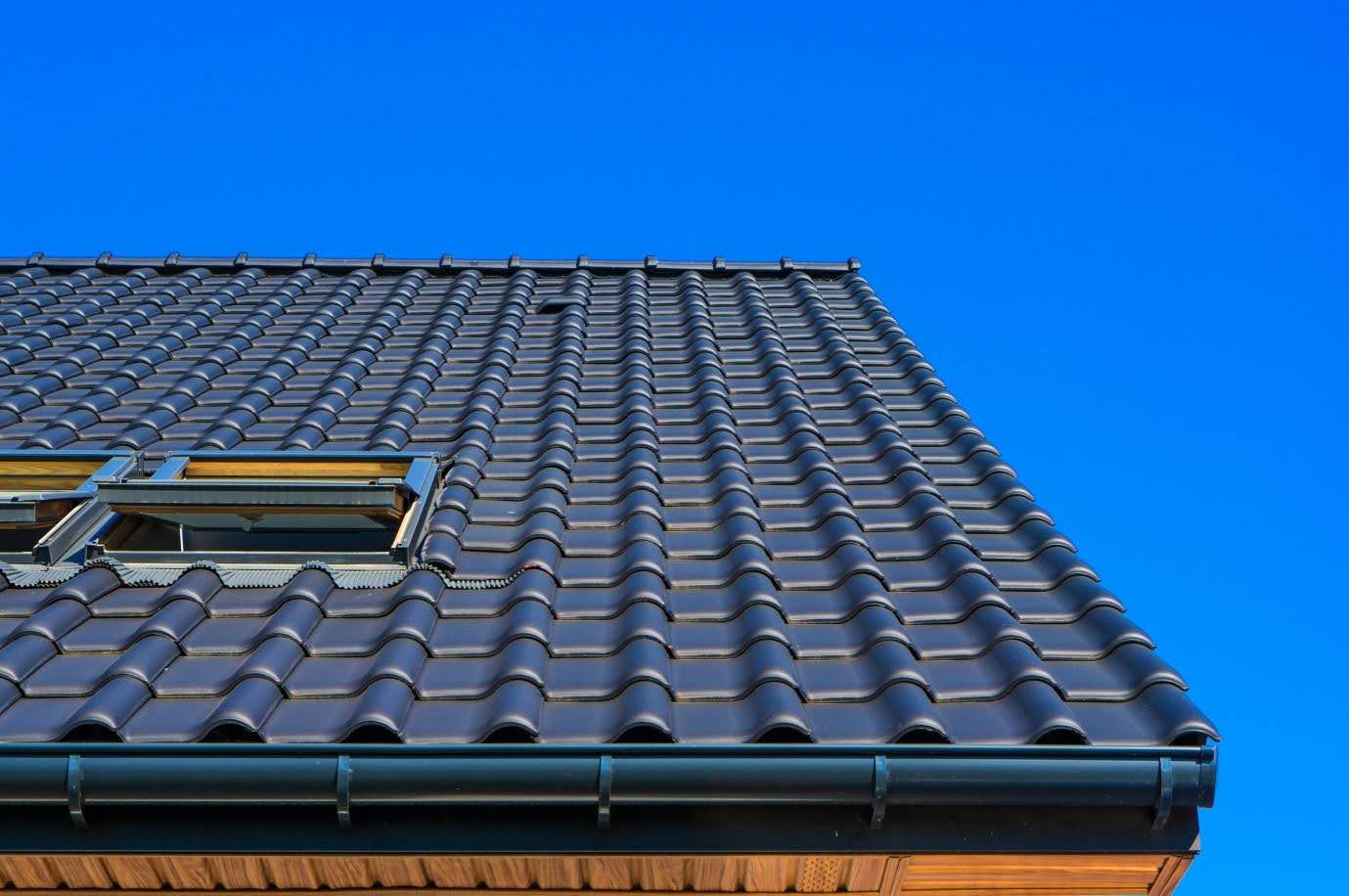Beating the Heat: Selecting the Ideal Roofing Material for Homes in Hot Climates
When living in a region where high temperatures are the norm, reducing indoor heat while keeping cooling expenses in check becomes a priority. One of the most effective ways to enhance your home’s energy efficiency is by upgrading your roof. Kona roofing contractors often highlight that the roof takes in the majority of solar heat, playing a key role in controlling the temperature inside a building.
Here’s a guide to help you pick the most suitable roofing material for hot weather conditions.
Cost Planning for Heat-Resistant Roofing
Choosing a new roof requires careful consideration, especially in warm climates. Here are some financial aspects to factor in:
Budget Planning
Establishing a defined budget is an essential initial step before starting any roofing work. Costs will vary based on several elements:
Labor Charges
- Roof installation demands skilled labor. Hiring experienced professionals is essential for long-lasting results. Labor expenses are influenced by the workers’ expertise, seasonality, and region.
Material Selection
- High-performance roofing materials often come at a premium. For instance, natural slate or clay tiles cost more than basic asphalt shingles and may also require stronger structural support due to their weight.
Project Complexity
- A more intricate roofing layout, multiple layers, significant damage, or steep pitches will add to labor and time, driving up total costs.
Maintenance Requirements
- Certain roofing options, such as cedar shakes or slate tiles, need periodic maintenance or repairs, which can increase long-term expenses.
Ideal Seasons for Roof Installation in Hot Areas
Timing your roofing project correctly is crucial in hot climates. While many contractors suggest summer, extremely high temperatures can pose health and safety concerns, especially when installing heavy materials.
Spring and winter are typically more suitable, providing moderate weather conditions and fewer delays due to weather. Aim for a season with steady weather patterns and minimal rainfall to avoid delays.
Additional Key Factors for Warm-Climate Roofs
Aside from budget and timing, several other variables play a role in choosing a roofing system suitable for high temperatures:
Roof Shape
- Roofs with slopes facilitate upward air circulation, promoting natural ventilation and aiding in heat reduction.
Material Properties
- Opt for materials with high reflectivity or insulation capabilities to prevent heat absorption and retain indoor coolness.
Color Choices
- Roofs with lighter colors reflect more sunlight, which helps keep the interior of the home cooler.
Best Roof Shapes for Hot Weather Homes
Certain roof designs are better at dissipating heat. These include:
Gable Roofs
- A classic option with steep slopes that assist in rain drainage and ventilation. Gable roofs provide extra attic room, which can be insulated to improve energy efficiency.
Hip Roofs
- All four sides slope downward, making them more stable and, when ventilated properly, effective in hot climates.
Mansard Roofs
- Featuring a double slope on each side, they offer extra space and improved airflow, especially when fitted with windows on the lower slope.
Top Roofing Materials for High-Temperature Regions
Choosing the right roofing material can significantly impact comfort and energy bills. Here’s a breakdown of the best options:
Asphalt Shingles
- Affordable and widely used, though not the best at reflecting heat. Lighter-colored variants can offer minor improvements. Lifespan is 15–20 years.
Metal Roofing
- Energy-efficient and durable, lasting up to 80 years. It reflects solar rays effectively and is available in various colors and styles. Downsides include noise during rain and potential rust in humid areas.
Clay Tiles
- A popular choice in Mediterranean and desert climates. Their shape promotes air circulation, and the light colors reflect sunlight. They are long-lasting (over 100 years), but heavy and prone to cracking.
Slate Tiles
- Natural slate is elegant, fire-resistant, and insulating. Lighter shades are better for heat reflection. It’s heavy and expensive but can last a century or more.
Composite Roofing
- Composite tiles, crafted from recycled materials, replicate the appearance of clay, slate, or cedar but offer greater durability and reduced weight. The higher initial price of these roofs is offset by their long-lasting performance and minimal maintenance requirements.
Optimal Roof Colors for Hot Climates
Color significantly impacts a roof’s ability to manage heat. Here are some recommended shades:
Light Gray
- Stylish and effective at reflecting sunlight without being overly bright.
White
- The most reflective option, dramatically lowering roof surface temperature. However, it may require periodic cleaning.
Clay or Terracotta
- Earthy, warm tones that harmonize with the natural surroundings and provide a balanced level of reflectivity.
Key Considerations for Color Selection:
Solar Reflectivity & Heat Gain
- By reflecting sunlight rather than retaining heat, light-colored roof installations create more energy-efficient and temperature-regulated living spaces.
Energy Efficiency
- Cool roofs, designed to reflect sunlight and emit absorbed heat, enhance indoor comfort and reduce energy costs—even if they are dark-colored.
Recommended Accessories for Hot Climate Roofs
To maximize cooling efficiency, consider these additions:
Radiant Barriers & Reflective Insulation
- Installed in attics, these materials deflect solar heat, keeping interiors cooler and lowering air conditioning costs.
Solar Attic Fans
- Powered by sunlight, these fans actively expel hot air from your attic, further aiding in temperature control.
Conclusion and Additional Insights
Selecting the ideal roofing material for hot climates is a smart investment in both comfort and long-term savings. With intense heat affecting interior temperatures and energy bills, choosing a roofing system that reflects sunlight, promotes ventilation, and withstands high temperatures is essential. Materials like metal, clay, slate, and composite roofing all offer unique advantages depending on your budget, climate, and aesthetic preferences. Light-colored roofs, reflective insulation, and proper ventilation systems further enhance a home’s ability to stay cool.
Additional Useful Points:
- Local Climate Considerations: Consider your area’s specific weather patterns, including humidity, sun exposure, and seasonal temperature fluctuations, before selecting materials.
- Energy Star-Certified Roofing: Opt for roofing products with Energy Star ratings for certified energy efficiency, which can lead to lower energy bills and possible tax incentives.
A well-planned roofing upgrade not only improves thermal comfort but also increases your home’s value and sustainability in the face of rising temperatures.

